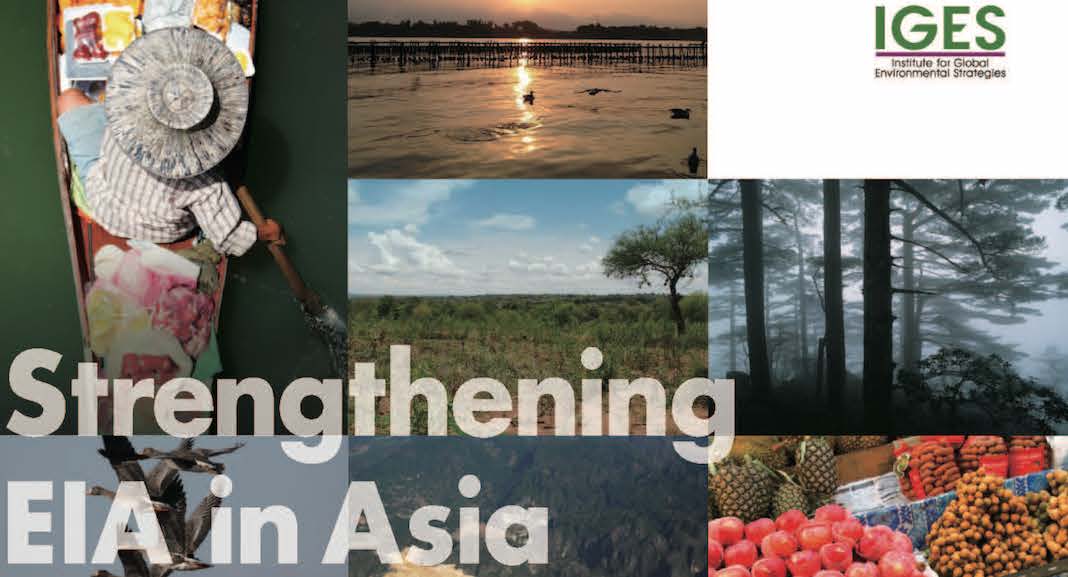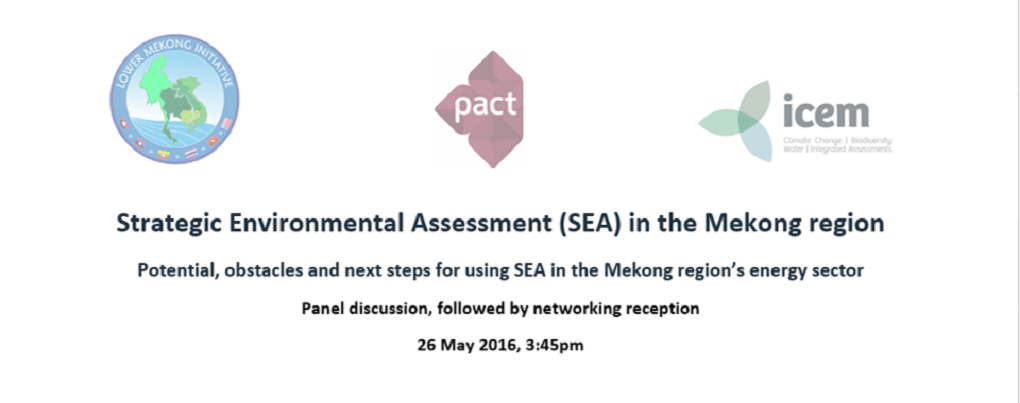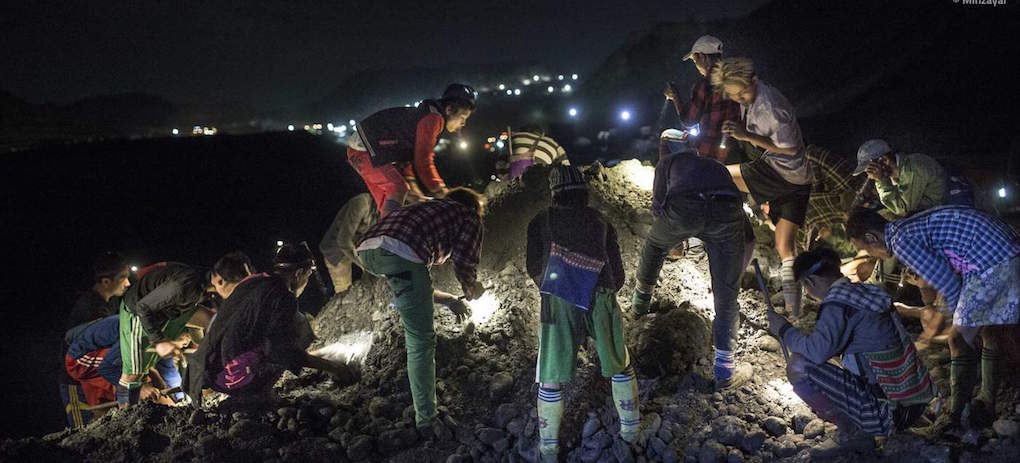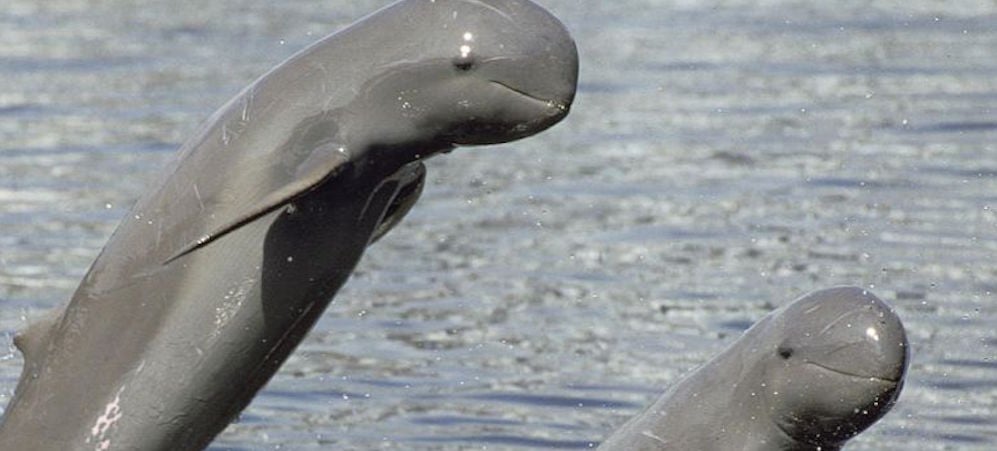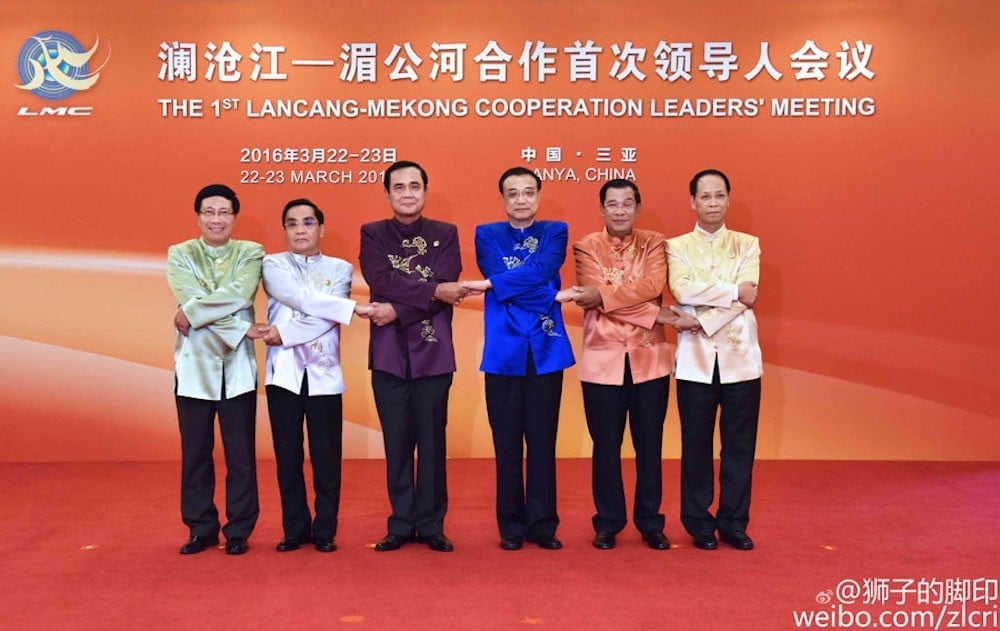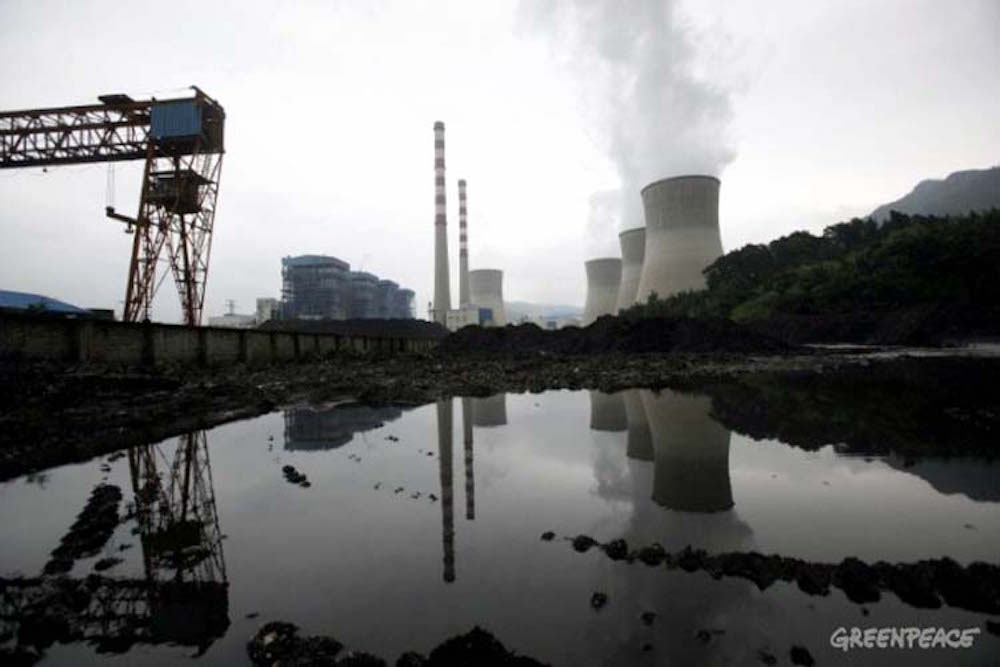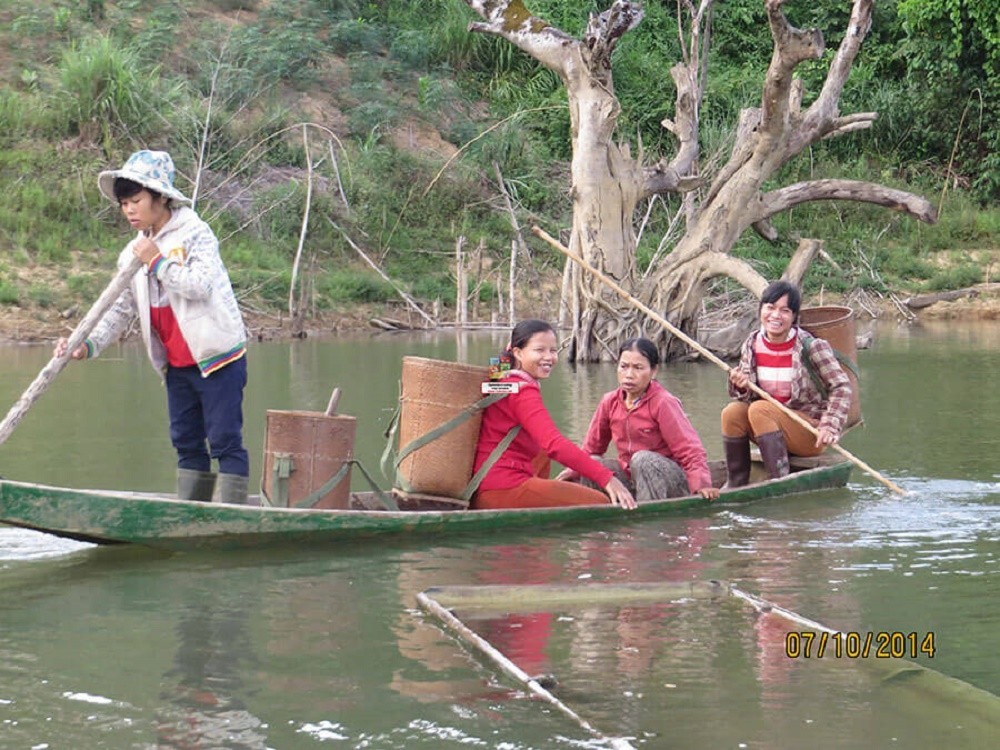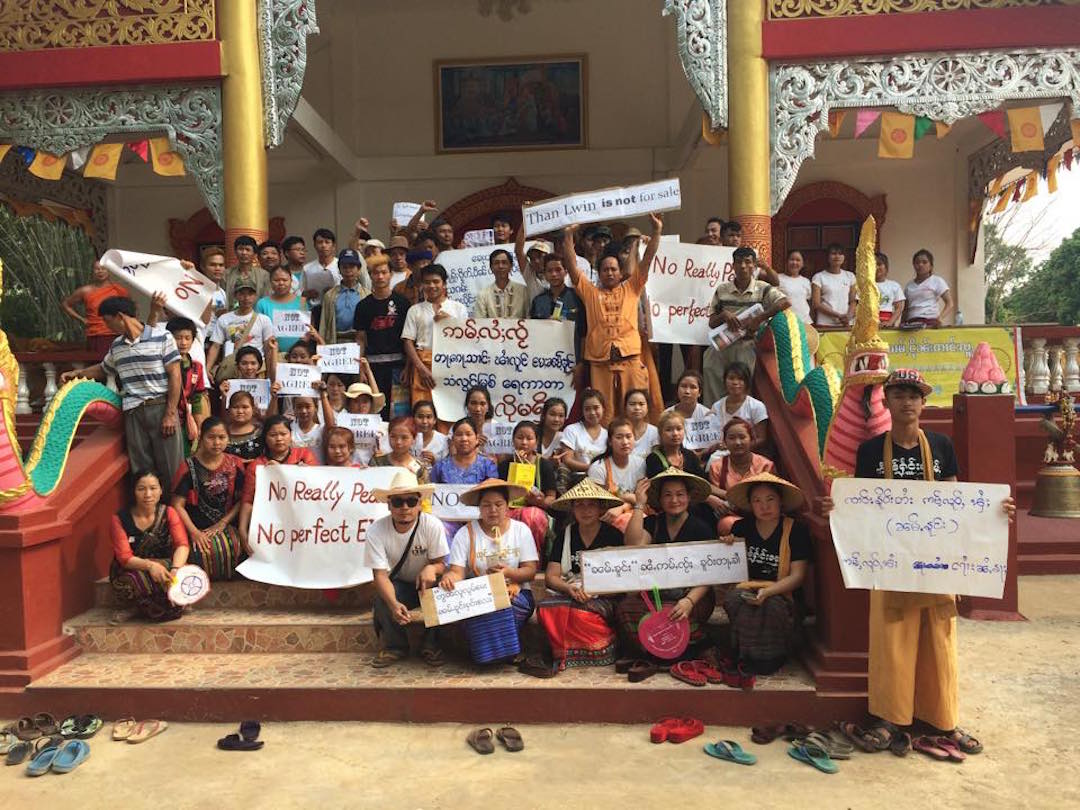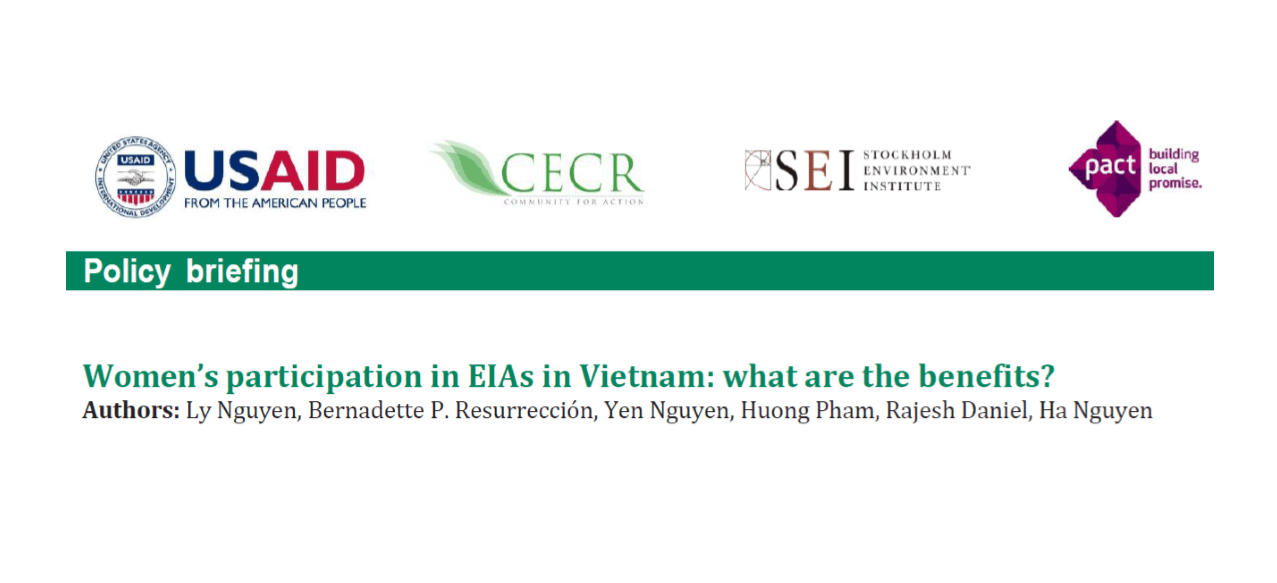This report was prepared for the Asia EIA Conference 2016 organised on 10 May by the Ministry of the Environment, Japan (MOEJ). The conference was held under the theme of enhancing EIA as a sustainable development planning tool in Asia in collaboration with the Asian Development Bank (ADB) and in cooperation with the US Environmental Protection Agency (USEPA).
The report is based on a study conducted in seven Asian countries, namely Cambodia, Indonesia, Korea, Lao PDR, Myanmar, Thailand and Viet Nam, on their national EIA systems and their implementation, between September 2014 and February 2016. The report aims to summarise and analyse challenges, opportunities and good practices on EIA in these countries to propose possible ways forward as well as potential mutual learning points for strengthening EIA implementation and thus advancing towards a sustainable society. Findings are presented in four segments: (i) quality of EIA (screening and scoping, impact assessment and environmental management and monitoring plan (EMMP), and review and approval of EIA); (ii) information disclosure and public participation; (iii) EMMP implementation; and (iv) Strategic Environmental Assessment (SEA) and upstream EIA.


